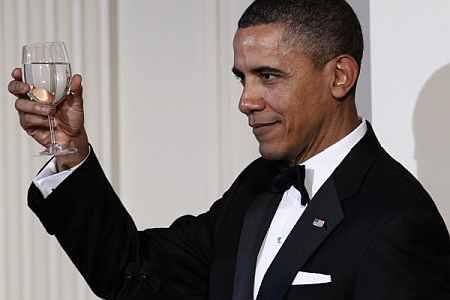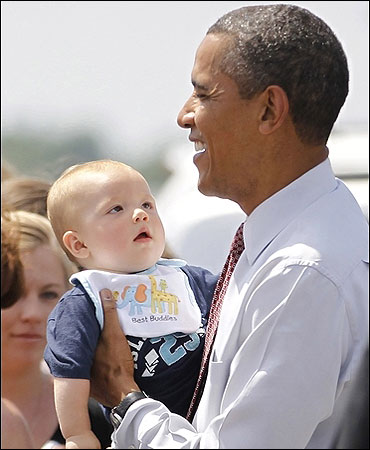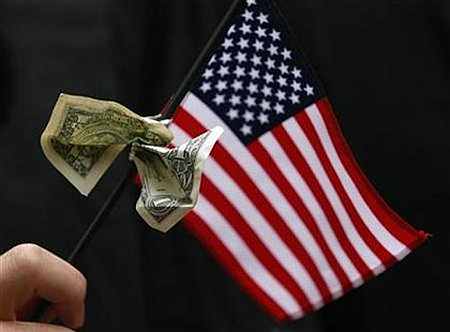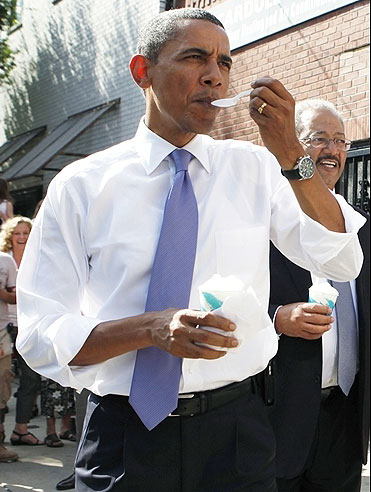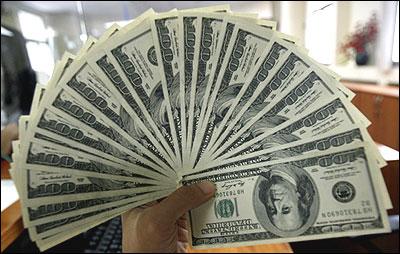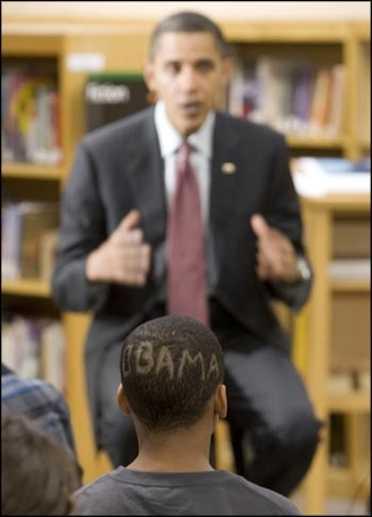 | « Back to article | Print this article |
How badly has Obama scored on the economic front?
For those of us who are interested in the US presidential election, it might be useful to take stock of how well or badly the Obama administration has done on the economic front over the last four years. Quite frankly, the numbers are dismal.
Take, for instance, the median real income that works as a rough proxy for middle class incomes.
That is down by 4.7 per cent between 2008 and 2011, the largest fall during any presidential tenure in recorded history. Real GDP per capita for the population as a whole has fallen by 1.2 per cent in this period
On the other hand, inequality has risen. In 2011, the Gini coefficient that measures inequality was at its highest (or most unequal) level since it started getting computed in 1975. The top five per cent of earners in the US today corner over 23 per cent of national income.
Click NEXT to read more...
How badly has Obama scored on the economic front?
Even on a comparative basis, the US fares poorly - its levels of inequality are the highest among Organisation for Economic Co-operation and Development, or OECD, economies. Even the UK with the legendary bonuses and excesses of London's financial square mile and the doldrums of its industrial North seems to fare better on the inequality score.
The unemployment rate that was 6.9 per cent in the last quarter of 2008 now stands at 8.2 per cent. The employment-to-population ratio, a more comprehensive measure of labour market situation, fell from 61.4 per cent in the last quarter of 2008 to 58.5 per cent in the second quarter of this year.
This kind of "comparative statics" (to borrow a phrase from a macroeconomics 101 course) surely constitutes a big negative for Obama's re-election chances. However, the question is: will voters necessarily compare these parameters or will they take a slightly different view of things?
Click NEXT to read more...
How badly has Obama scored on the economic front?
The fact is that if one takes a more dynamic perspective, the economy seems to be in a much better shape than in 2008.
American voters are notorious for their short memory but few are likely to forget that the current administration took charge when the economy was in free fall.
The GDP fell by an annualised rate of nine per cent in the last quarter of 2008 and a complete collapse of sectors like banking and automobiles seem imminent. The risk of a double-dip recession remained real well into the middle of 2011.
Today, the US economy tells the different story. For one thing, while growth is likely to be tepid for the next couple of years, the risk of another recession has faded. Again, while jobs data might frequently fall short of expectations, the fact is that job growth is positive.
Click NEXT to read more...
How badly has Obama scored on the economic front?
Sectors like automobiles and banking have recovered and doing well. Thus, Obama and his administration have ensured that the US economy has switched lanes away from one that was headed towards imminent implosion towards a path that seems relatively stable.
This will take a while to get reflected in the aggregate data like median income levels or the employment rate. The question is: will American voters be patient and give the incumbent another chance?
<B>Tailpiece</B><BR>
The rupee is riding high on the back of the US Fed's quantitative easing announcement, encouraging policies from Europe and the slew of somewhat unexpected policies announced by our own government that has finally managed to shake of its ennui.
Click NEXT to read more...
How badly has Obama scored on the economic front?
Given the current momentum, further appreciation seems likely unless the Reserve Bank of India (RBI) starts to buy dollars.
We think it should start buying the greenback with gusto for essentially two reasons. For one thing, the current account deficit and weak exports remain a source of anxiety and we need to make sure that the rupee's rise doesn't erode.
My calculations show that the rupee is fairly valued in the range of 52 and 53 to the dollar. It might help if the central bank ensures that the currency is in that ballpark despite the pressure of capital inflows.
Second, most economists seem to believe that it is imperative for RBI to buy dollars to replenish its stock of reserves. It might make sense, then, for the central bank to act quickly and start buying immediately.
Click NEXT to read more...
How badly has Obama scored on the economic front?
In the uncertain world of today's financial markets, there are no permanent trends and there are a number of risks around the horizon that could suddenly lead to a reversal in the currency.
I can think of growing concerns around the US fiscal cliff, China's economic slowdown and political transition due at the end of the year and renewed fears about the euro zone's periphery as "risk-off" triggers.
This could set off another flight of safety to the dollar and drive rupee depreciation. It helps in these times to rush things when the going is good. A hefty bit of dollar buying could help strengthen RBI's balance sheet and keep us competitive.
There could be a side-effect as well. As RBI buys dollars, it releases rupee resources or liquidity. Thus, ensuring a competitive currency might also help keep interest rates in check.
The author is with HDFC Bank. These views are personal.
